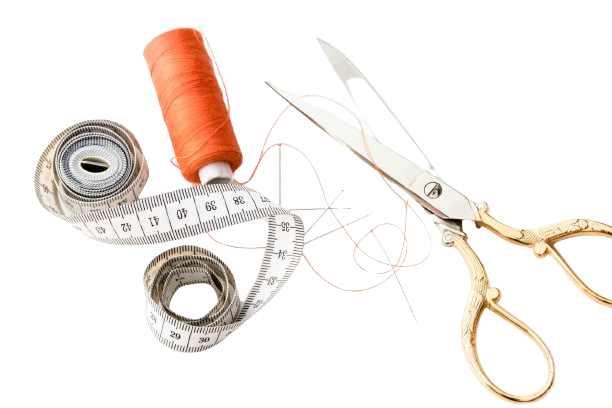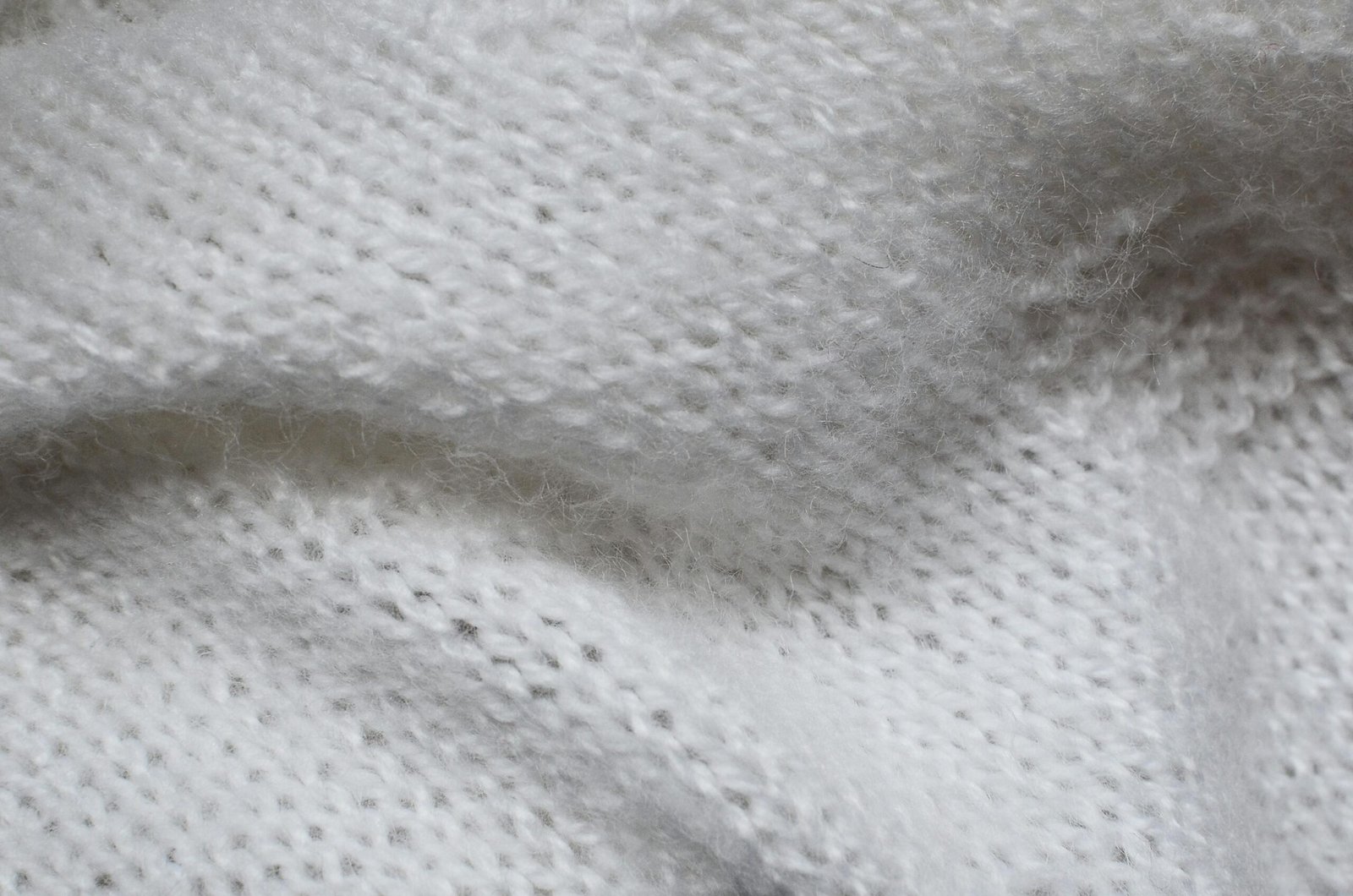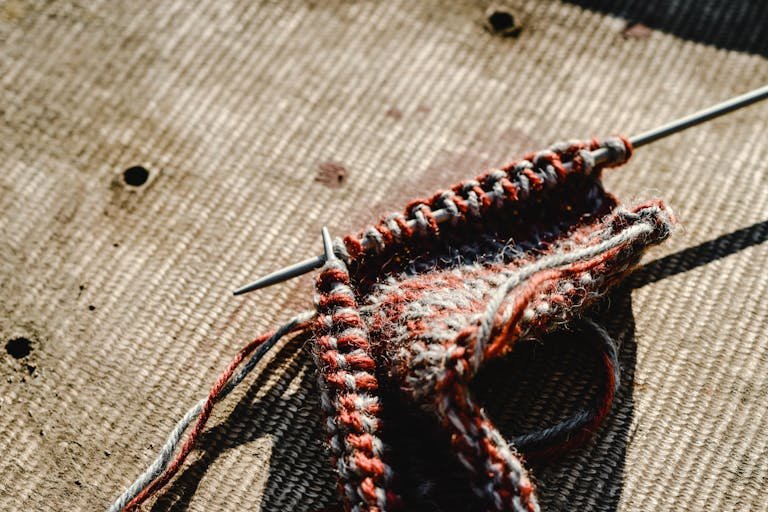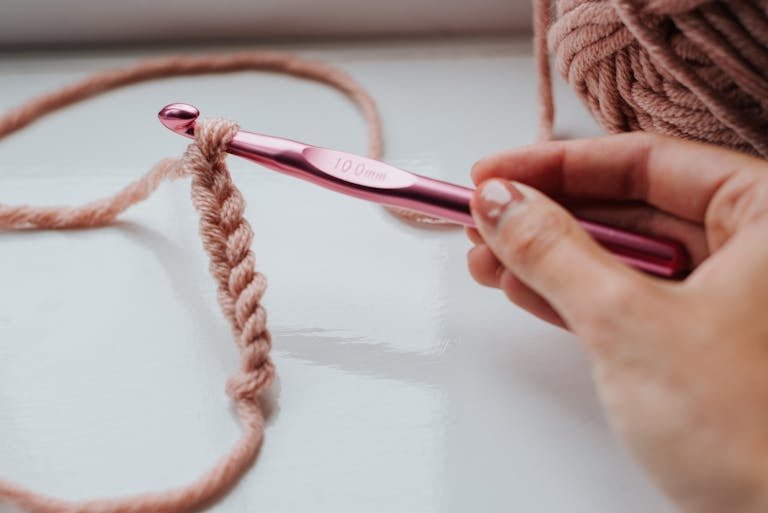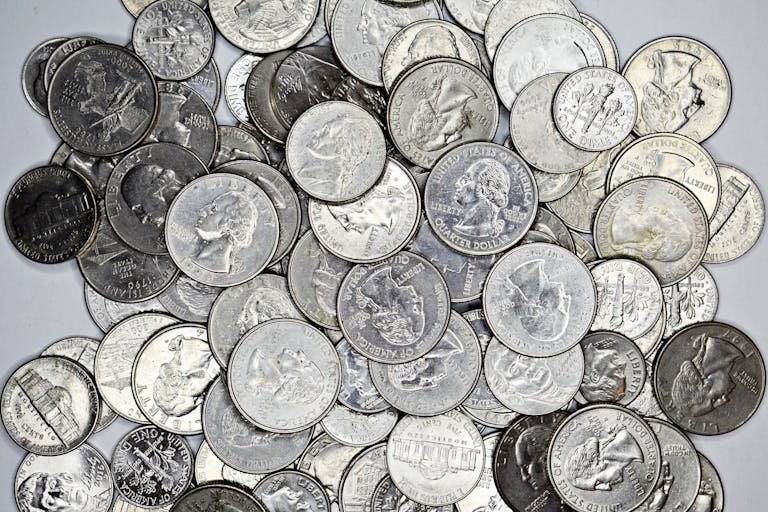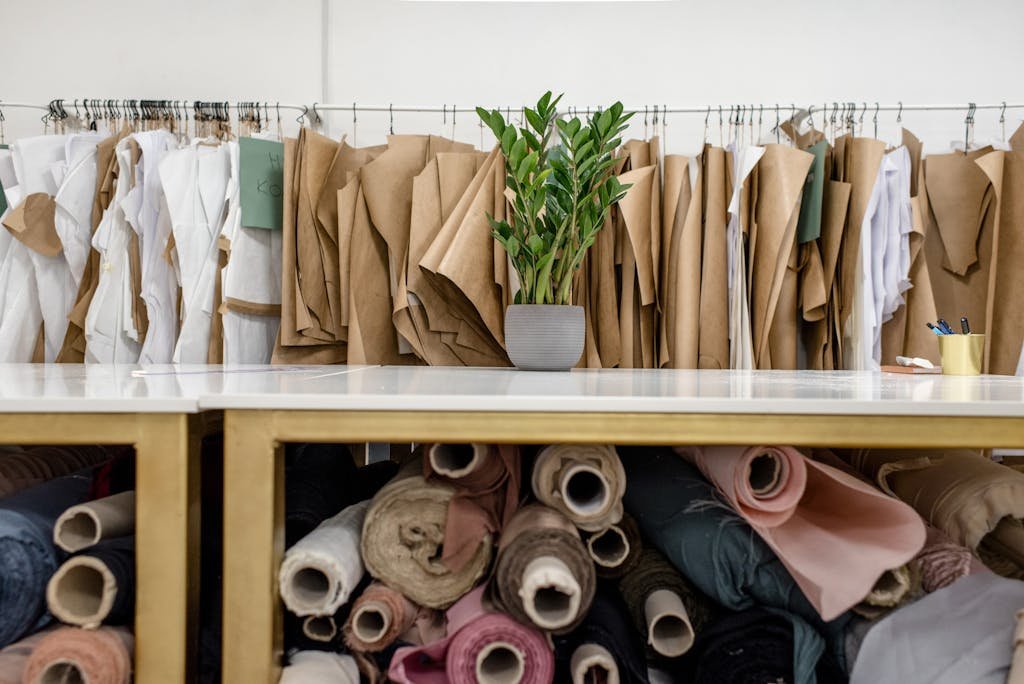How Much Yarn for a Blanket? Find Your Perfect Blanket Match
When you’re planning to make a blanket, one of the most important questions is: how much yarn will you need? Knowing this helps you avoid the frustration of running out of yarn mid-project, or worse, buying too much and spending unnecessary money. Let’s break down all the factors you need to consider when determining How Much Yarn for a Blanket?
General Yarn Guidelines Based on Blanket Size
Now that you know the factors that affect yarn consumption, here are some general guidelines to help you estimate how much yarn you’ll need for different blanket sizes. These guidelines assume you are using worsted weight yarn and a relatively simple stitch pattern like single or double crochet.
Baby Blanket
- Yarn Needed: 3-4 balls (worsted weight)
- Size: Approximately 30” x 40”
Baby blankets are smaller and don’t require much yarn. If you’re using thicker yarn, you may need even fewer balls of yarn.
Small Throw Blanket
- Yarn Needed: 6-8 balls (worsted weight)
- Size: Approximately 40” x 60”
A small throw or lapghan is perfect for curling up on the couch. The amount of yarn needed is moderate, making it a manageable project.
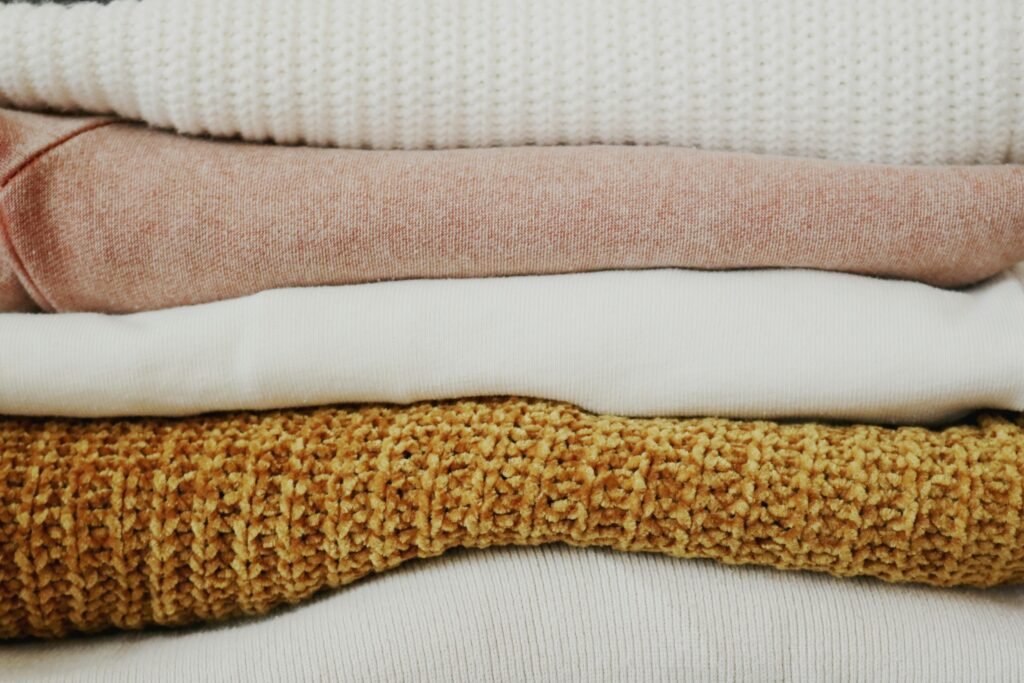
Twin-Size Blanket
- Yarn Needed: 15-17 balls (worsted weight)
- Size: Approximately 66” x 90”
For a twin-size blanket, you’ll need quite a bit more yarn. Make sure you account for the increased yardage, especially if you’re using textured stitches or a tight gauge.
Double-Size Blanket
- Yarn Needed: 23-25 balls (worsted weight)
- Size: Approximately 80” x 90”
Double or full-size blankets will require a significant amount of yarn, especially if you’re using a yarn weight thinner than worsted.
King-Size Blanket
- Yarn Needed: 30-34 balls (worsted weight)
- Size: Approximately 108” x 100”
The largest blanket size will naturally require the most yarn. Be sure to stock up, and always purchase extra in case you run short.
Factors That Determine How Much Yarn You Need
Several factors play a role in estimating the amount of yarn you’ll need. You’ll need to consider the weight of the yarn, the size of your blanket, the stitch pattern, and your gauge. Let’s go through these factors step by step.
Yarn Weight
The thickness or weight of the yarn significantly impacts how much yarn you will need. Yarns come in different weights, ranging from very thin, delicate lace yarn to super bulky yarn. The thicker the yarn, the less yardage you will need to complete your blanket.
Common Yarn Weights
- Lace: The thinnest yarn, used for delicate and intricate patterns. You’ll need a lot more of this to make a blanket.
- Fingering (Super Fine): Slightly thicker than lace, but still used for lightweight projects. A lightweight yarn means you’ll need more skeins or balls to finish your blanket.
- Sport (Fine): A bit thicker, often used for baby blankets or lightweight throws.
- DK (Double Knit, Light): A popular weight, especially for mid-range blankets.
- Worsted (Medium): One of the most commonly used yarn weights for blankets. It’s a good middle ground between thick and thin.
- Bulky: A thick yarn that works up quickly. You’ll need fewer balls for a blanket.
- Super Bulky: The thickest yarn, perfect for quick projects. Blankets made with super bulky yarn use the least amount of yardage.
Why Yarn Weight Matters
Thinner yarns, such as lace or fingering, require more stitches to fill the same space as thicker yarns, so you’ll need more yarn. On the other hand, thicker yarns like bulky or super bulky will cover a larger area with fewer stitches, meaning you need less yardage overall.
Blanket Size
The size of the blanket you are making is one of the most critical factors in determining how much yarn you need. A baby blanket and a king-sized blanket require vastly different amounts of yarn.
Common Blanket Sizes
- Baby Blanket: Typically measures around 30” x 40”. These smaller blankets require less yarn.
- Lapghan or Throw Blanket: Usually measures around 40” x 60”. This size is perfect for a cozy throw for the couch.
- Twin Size Blanket: Measures around 66” x 90”. A twin-size blanket covers a single bed and will naturally need more yarn.
- Full or Double Size Blanket: Usually 80” x 90”. This blanket is larger than a twin, so you’ll need more yarn.
- Queen Size Blanket: Measures around 90” x 100”. Queen-size blankets cover a larger area, increasing yarn usage.
- King Size Blanket: The largest standard size at 108” x 100”. This will require the most yarn.
Why Blanket Size Matters
The larger the blanket, the more stitches and rows you’ll need, which means more yarn. Knowing the exact dimensions of your project is key to estimating the right amount of yarn. Always double-check your measurements to avoid underestimating the yardage required.
Stitch Pattern
The stitch pattern you choose can also affect how much yarn you need. Some stitch patterns use more yarn than others due to their complexity.
Common Stitch Patterns
- Simple Stitches (e.g., single crochet, double crochet, garter stitch): These use less yarn because they don’t add extra texture or bulk.
- Textured Stitches (e.g., cables, bobbles, popcorn stitches): These stitches use more yarn as they add bulk and texture to your blanket.
- Lacy or Open Patterns: These stitches tend to use less yarn, as they incorporate gaps or spaces into the pattern, requiring fewer stitches overall.
- Dense Patterns (e.g., Tunisian crochet, slip stitches): These stitches can be very tight and dense, using more yarn to create a thicker fabric.
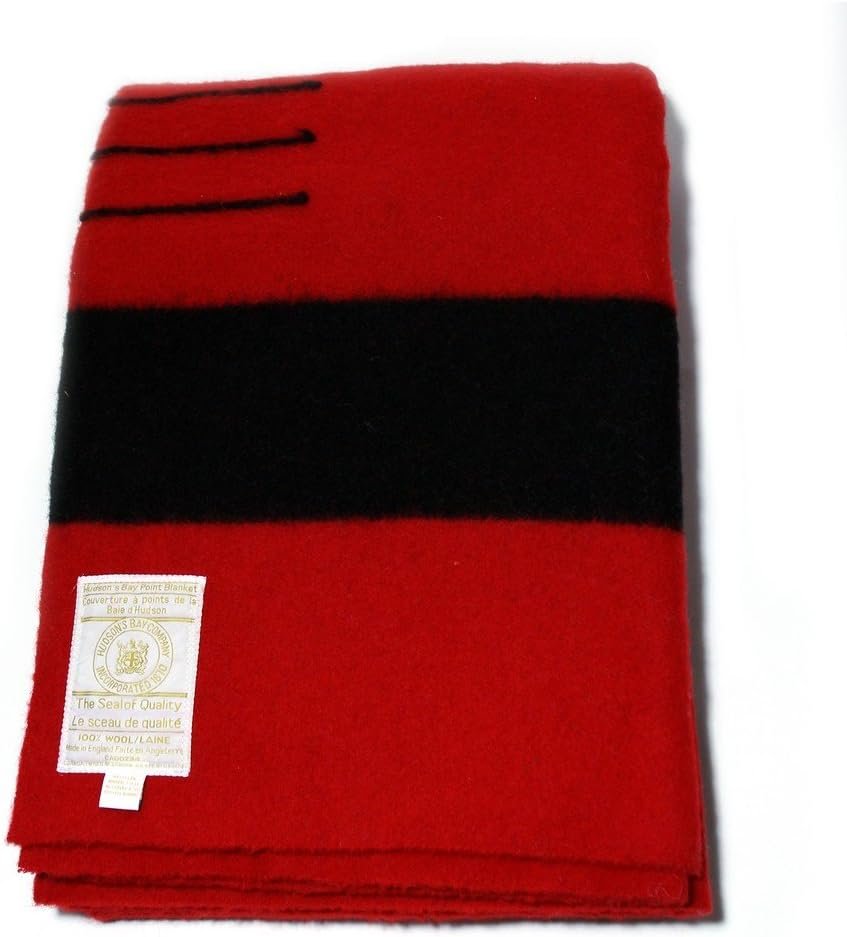
Woolrich Hudson Bay Blanket
Why Stitch Pattern Matters
If you’re using a more complex or dense stitch pattern, your yarn consumption will increase because these stitches pack more yarn into each square inch of your project. On the other hand, looser or more open stitches will use less yarn since they create more space between each stitch.
Gauge
Gauge refers to how many stitches and rows you make per inch. Your gauge is determined by how tightly or loosely you crochet or knit, as well as the size of the hook or needles you are using.
How Gauge Affects Yarn Usage
- Tighter Gauge: If you crochet or knit tightly, your stitches will be smaller and more compact, meaning you’ll need more yarn.
- Looser Gauge: A looser gauge will mean larger stitches and fewer rows to cover the same area, resulting in less yarn usage.
Why Gauge Matters
You can adjust the size of your blanket by changing your gauge, but that will also change how much yarn you need. Before starting, it’s always a good idea to make a small swatch to check your gauge. This will help you calculate exactly how much yarn you’ll need for your entire blanket.
Tips for Estimating Yarn for a Blanket
While the guidelines above give you a good starting point, there are several additional methods you can use to fine-tune your yarn estimates.
Check the Yarn Label
Yarn labels are your best friend when it comes to estimating how much yarn you’ll need. They provide key information such as the weight, length per skein, and the recommended gauge. Pay close attention to the yardage of each ball of yarn, as this will vary between different brands and types of yarn.
Use a Yarn Calculator
There are several online yarn calculators that allow you to input your blanket’s dimensions, yarn weight, and stitch pattern to get an estimate of how much yarn you’ll need. These calculators are extremely useful if you’re working with non-standard blanket sizes or more complex stitch patterns.
Make a Gauge Swatch
Before diving into your blanket, make a small gauge swatch using your chosen stitch pattern. Measure how many stitches and rows you get per inch, and use that information to calculate how much yarn you’ll need to complete your project. A gauge swatch is a helpful tool for ensuring accuracy, especially if you’re working with different yarn weights or stitches.
Add a Safety Margin
Always buy more yarn than you think you’ll need. It’s better to have some extra yarn left over than to run out before you finish the project. A good rule of thumb is to buy at least one extra ball or skein of yarn. This also ensures you have the same dye lot, as yarn colors can vary between different batches.
Read Also: What is a Double Treble Stitch (DTR)?
Final Words
Knowing how much yarn you’ll need for a blanket can feel like a daunting task, but with a bit of planning and consideration, you can avoid the frustration of running out of yarn mid-project. By considering factors like yarn weight, blanket size, stitch pattern, and gauge, you can accurately estimate your yarn needs and create the perfect cozy blanket. Whether you’re making a baby blanket or a king-size masterpiece, remember to check yarn labels, use calculators, and always make a gauge swatch.
